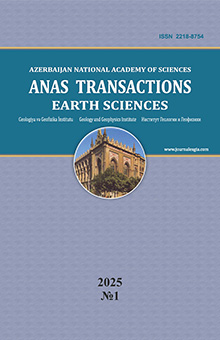№ 4,
2010
Download the article
Anthropogenic eutrophication and oxygen regime of the Caspian Sea
Institute of Microbiology of Azerbaijan National Academy of Sciences, AZ1073, Baku, Badamdar highway 40
Summary
A-
A+
There was studied amount of the primary products phytoplankton in the process of photosynthesis and quantity of the organic substances mineralized by biological ways in researches which learned in the Caspian Sea last 50 years. The completed study showed that in the Caspian Sea year by year eutrophication occurs more intensively and spreads in different places of its. So, 60th years of the last century, “the centres of eutrophication” on the Volga River is locally seen, after 18-20 years meet all western part of the sea and since the 90th is observed both on the eastern coast and in the open-center parts of the Caspian Sea. Anthropogenic influences as well as ten of million tons of the foreign substances introduced into the Caspian Sea by rivers, the instability of standardized level and other factors occurring in the Caspian Sea and its coasts last 70 years have changed ecological stability of the Caspian Sea. A large number of allochton organic matter and biogen elements contributed mass vegetation of algae, simultaneously, accelerate expending of oxygen in the environment. Enough to emphasize that phytoplankton produces increased from summer season in 1971 to 1983 by 7 million tons in the northern part of the Caspian Sea. It is clearly that there are direct dependence between anthropogenic eutrophication and reduction of oxygen from marine waters. Reduction of oxygen is most clearly expressed deep layers in the sea.
